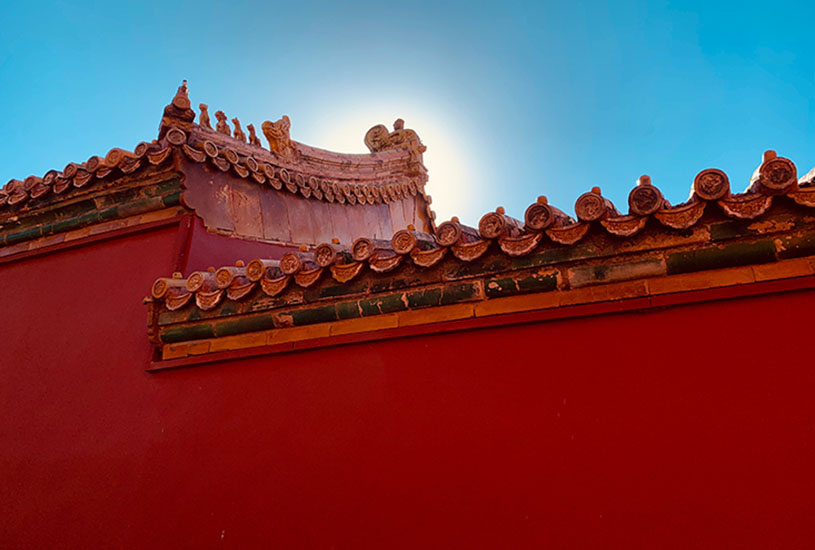Chinese audiences are flocking to see operas by composers such as Mozart and Puccini – thanks to Deakin know-how, game engine technology and an innovative Australian opera company.
Deakin Motion.Lab is assisting the Australian International Opera Company (AIOC) to introduce tens of thousands of people across China to classic Western operas.
The Deakin team has designed 3D projected scenographic sets for the operas “The Magic Flute,” which toured late last year, and Puccini’s “Turandot.” Featuring one of the world’s most famous arias, “Nessun Dorma,” “Turandot” will arrive in China in mid-February.
“We are helping these famous operas to reach a whole new, massive audience,” said Dr Jordan Beth Vincent, project leader and Research Fellow at Motion.Lab.
[testimonial_text]One performance of ‘The Magic Flute’ in an outdoor amphitheatre drew a crowd of thousands of people.[/testimonial_text]
[testimonial_picture name=”Dr Jordan Vincent” details=”Research Fellow”]
 [/testimonial_picture]
[/testimonial_picture]With a simple laptop computer and projector, the scenography provides realistic scenes that portray flowing rivers, giant pyramids and extravagant royal pavilions. They eliminate the need for unwieldy physical sets, and allow for large-scale traditional productions to easily tour internationally.
“At Deakin Motion.Lab we have built the expertise to create virtual sets in a fast turnaround time that can be rendered in real time and taken on tour. Not only are they beautiful and accessible, but they must work every time because the company is traveling from site to site. It’s a great challenge,” said Dr Vincent.
AIOC Producer Chris Howlett said the performances have been a huge success.
“It has been epic. We are privileged to have done over 160 performances in China since we began performing full operas in late 2015. We are putting on a performance every second day in China this year. ‘Carmen’ and ‘Pirates of Penzance’ will be toured after ‘Turandot’,” he said.
The company began performing in China with “top 10” opera hits, plus waltzes. They then moved onto 40-minute highlights from operas like “Carmen” and “La Traviata,” before producing full operas from 2015.
Their first full opera “Marriage of Figaro” marked the first time a Western opera company had toured provincial China.
Working with Cameron Menzies (Director) and Chris Howlett from the AIOC, a team of artists and researchers from Deakin Motion.Lab developed the concepts and imagery for the backdrops and then built the scenography within a video game engine.
Chris Howlett noted that the Chinese market is technically-focussed and the 3D projected sets are giving the performances a “point of difference” that is setting his company apart from others entering the market.
“We are thrilled to be working with Motion.Lab,” he said. “They are exceptionally responsive. They love a challenge and so do we. We hope to work with them for many more years to come.”
“The middle class in China is growing at a rapid rate,” he added. “There are 60 million children currently learning the violin and piano in China. They and their families are very curious and want to learn.”
The productions are going as far as Inner Mongolia in the north, Xining in the west – where the concert stage is the same height as the top of Mount Kosciosko – and south to Nanning, near the Vietnamese border.
The design team are part of the new Deakin Motion.Lab – Centre for Creative Arts Research Strategic Research Centre, which was launched last year.
The team has carved a niche for themselves in opera that began with a major Australian Research Council research grant to Deakin Motion.Lab and Opera Victoria in 2014. Through this grant they have designed sets for Victorian performances of “The Flying Dutchman” (2015) and “Four Saints in Three Acts” (2016).
This article was published by Deakin Research on 23 January 2017.



